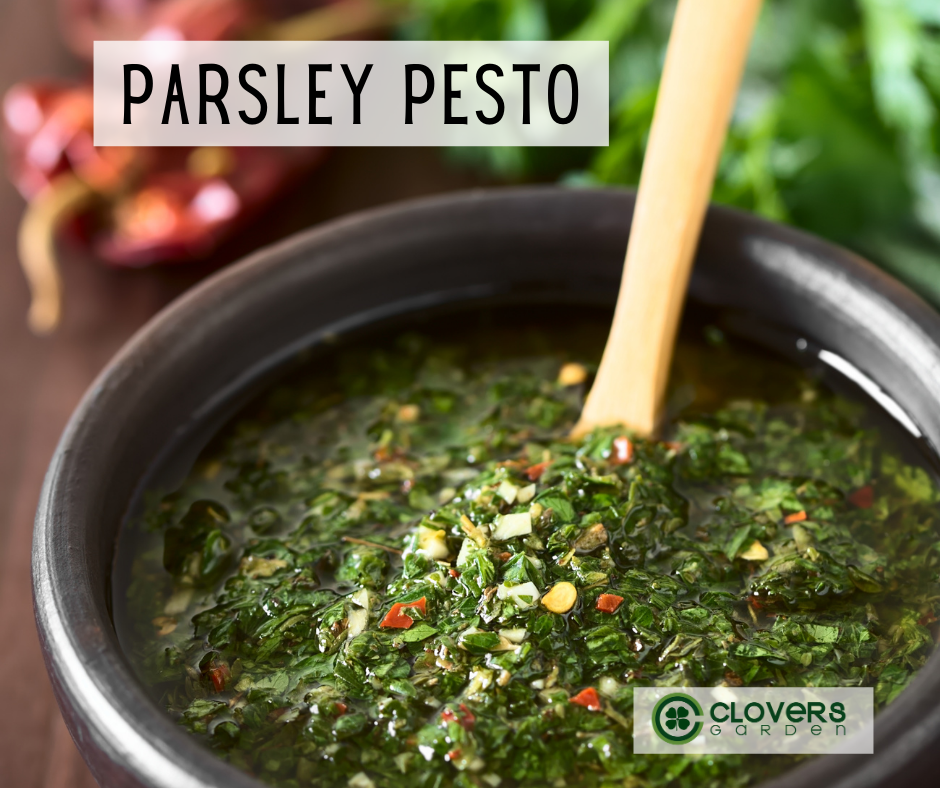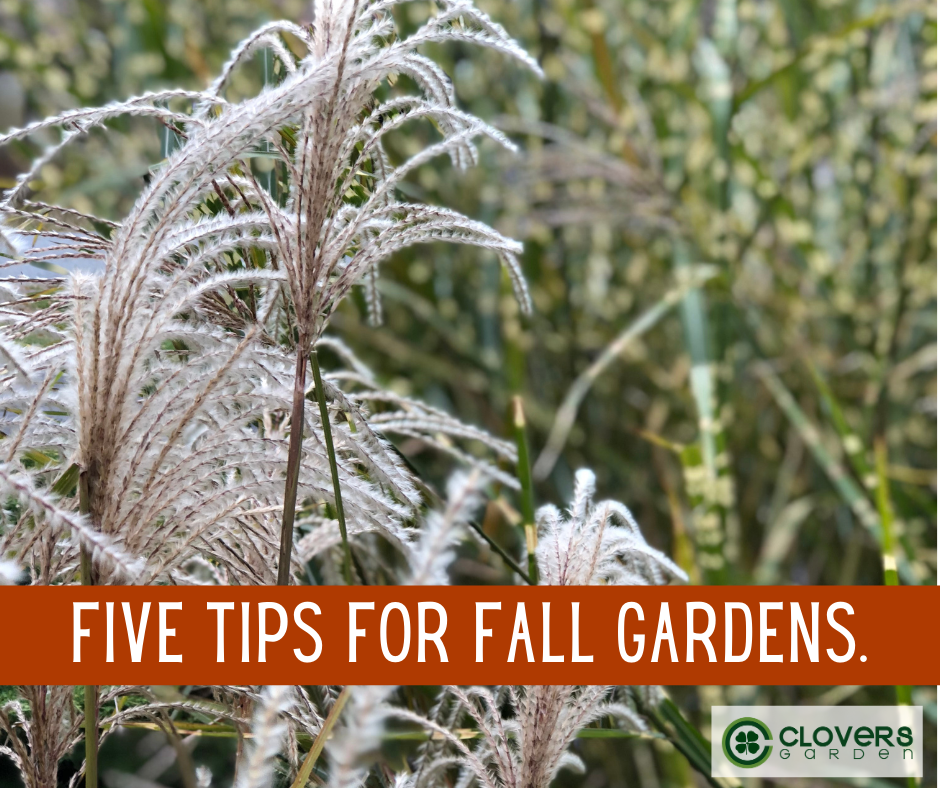This delicious sauce recipe is similar to traditional Chimichurri sauce and is scrumptious over grilled chicken, tossed with pasta, mixed with mayo for a yummy salad dressing, or spread on crusty bread. Freezes up really well — just scoop into ice cube trays and freeze for handy small serving sizes all summer.
Ingredients
6 cups loosely packed Parsley
¼ cup fresh squeezed lemon juice (about 1 lemon)
2 garlic cloves, chopped (about 1 TB)
½ tsp salt
½ TB red pepper flakes
1 cup extra virgin olive oil
1 cup walnuts (if desired)
Directions
Put all (except oil) in food processor, pulse and slowly add olive oil until pureed to desired consistency ( you may not use all of the olive oil). Store in airtight container in fridge.


